New Market Research Methods and Techniques
While traditional market research techniques such as surveys and focus groups are still widely used, there are many new market research methods and techniques to spice things up. As technology and socioeconomic trends change, so will our means of gaining customer insights. As you’ll notice, many of these are really just new technologies applied to traditional methods, as opposed to radically different methodologies. In any case, here are a sampling of some of the new market research trends and techniques popular now, in no particular order:
1. A shift from data collection to data analysis: Today, actual customer behavior data is collected with ease, to the point where analysis (or data mining) is much more challenging than obtaining the data. For example, Google Analytics provides webmasters with tons of information about website visitors, including languages, pages visited, screen resolutions, etc. All of this information can be used to fine tune a website to the audience. Another example of “big data” data mining of is Amazon’s predictive recommendations. By carefully monitoring the products a user purchases/views and correlating that information with purchase histories of others, Amazon is able to very effectively present product recommendations. All of this is done through data mining, without having to ask the user “what other products might you like?, which would be crazy.” Twitter is another great source of readily available data that can be mined (text analytics).
Jonathan Harris performed a great TED talk that beautifully demonstrates how readily available data can be visualized.
2. A shift from “how do think you will behave?” (self-reporting) to “I know how you actually behaved” (observational research): If you wanted to know what color cereal box would sell the most cereal, would you rather base your decision on a survey or an actual experiment where colors are tested? Of course the experiment would be more valuable. I want to know what customers actually do/want, not what they think they do/want. It’s not that customers are trying to deceive researchers; it’s just that it’s difficult for users to predict their own future actions. In any case, the world of new market research methods is shifting from self-reporting techniques (surveys, focus groups), to observational research methods. The data is much more reliable.
3. Mobile market research methods: Smart phones and tablets have taken the world by storm. These devices are becoming a preferred platform for many applications and markets, including market research. Examples of how these devices are being used in terms of new market research techniques include:
- Text messaging surveys and voting (SMS Surveys) – One good example of this is a company called “Poll Everywhere.” They allow seminar attendees to vote and respond to poll questions via SMS (text messaging).
- Smartphone designed surveys – Good mobile surveys are ones designed specifically for the smartphone form factor. There are many companies working on this such as OpinionMeter. These surveys can be web-based, optimized for phones, or they can be native applications built specifically for iOS, Android, or Windows mobile operating systems. In today’s environment, it’s imperative for online surveys to be usable regardless of device (laptop, tablet, or mobile).
- Location Awareness – Advanced phone market research techniques can leverage smartphone location (GPS) information to trigger questions or simply track movement over time. For example, you can imagine a survey question that only appears when the phone knows the user is at the gas station.
- Mobile Ethnography – Using information like location awareness, researchers are able to gather rich contextual data (using mobile phones) about behaviors, allowing them to really understand the habits and lifestyles of subjects.
4. Biometric Market Research Techniques: New biometric research methods that measure a subject’s physical response to stimuli (e.g., television commercial) provide valuable data that a subject might not be able or willing to express verbally. Examples of biometric market research methods include heart rate monitoring, respiration monitoring, skin and muscle activity, brain activity (using functional MRI) and eye tracking. A good article on the subject can be found here. Campbell Soup has used such methods in their market research.
5. Prediction Markets: A prediction market is like a mini stock market, where a group of people can buy and sell “predictions” of various events. For example, one event might be “who will win the presidency?” Participants could use their “currency” (fake or real) to buy or sell whoever they think will win. Early on, the price of one candidate or the other might be $0.50, but as the election probability becomes more certain, a bid on one candidate will grow closer to $1.00. At the end of an election, one candidate will be worth $1.00 and the other $0.00. Participants can buy and sell their stake in a candidate along the way.
The beauty of these prediction markets is that they tend to be good indications of reality. So what does this have to do with market research? Well, forward thinking companies are setting up these prediction markets to tap into the wisdom of their employees. For example, a company could ask employees to bid on a prediction market that has to do with competitors, industry trends, or the success of product concepts in order to get an early read on those ideas. If this is still foggy, check out PredictIt, a public prediction market. Consensus Point makes business to business software that has been used by companies like Best Buy.
6. Virtual Shopping: This involves the use of virtual store simulation to mimic a shopping experience for participants–a good way to test things retail issues like product placement, store layout, packaging, etc. Once again, the idea is to replicate a real situation for research subjects and observe behavior, as opposed to asking them what they think they will do. Virtual Reality is certainly a new market research method to keep an eye on.
7. Live Audience Response: In conferences or lectures, presenters often have difficulty engaging with the audience. One tool to remedy this problem is live audience response systems. These systems involve a handhold remote control for audience members to respond to questions that appear on-screen (usually in a PowerPoint slide). You can imaging the applications for this: professors doing on-the-fly quizzes to see if students understand the concepts, presenters asking demographic questions to better understand their audience, polling, etc.
7. Online Collaboration Tools: Tools like Skype (video calling), instant messaging, and shared whiteboarding allow researchers to conduct a variety of “traditional” market research techniques using new technology. These technologies are often much cheaper than physically gathering people. They also allow researchers to gather people from broader geographies much easier.
8. Social Media Market Research: Social media dominates the Web, so it is natural that market researchers are looking for ways to leverage this technology. When people say “social media market research” they might mean several different things:
- Research of social media — Simply researching the market of social media. For example, “X% of people use Facebook and the average age of a Google+ user is X.”
- Research using social media data — There is a lot of data that can be gleaned from social media sites. Looking at how many times a certain news story or product is shared across sites can tell researchers a lot about what works and doesn’t work in journalism, product concepts, etc. “Listening” to social media is like eavesdropping on a million conversations and can be a great place to pick up on trends.
- Research using social media as part of the methodology or delivery mechanism — Many companies have a large following on social media sites and can leverage that audience to ask questions. Often, if a customer is willing to follow/friend/subscribe/whatever to a company on a social media site, they are a big fan of that company and one of the best customers (probably a “promoter” in NPS, or net promoter score language). What a gold mine for companies to have instant access to their highly loyal and interested customers for market research purposes. Twitter now allows polling as a native Twitter feature. Very cool.
9. QR Code Surveys: This overlaps with mobile phone market research. A poster could ask a simple survey question and provide two QR codes, asking people to scan their choice. Such an approach makes it very easy for someone to take a one-question survey without doing much more than pointing a phone. A webmaster would then be able to gather the response data in aggregate. Other companies are using QR codes as a simple launch point to a mobile survey. A good example of this is Tiipz.
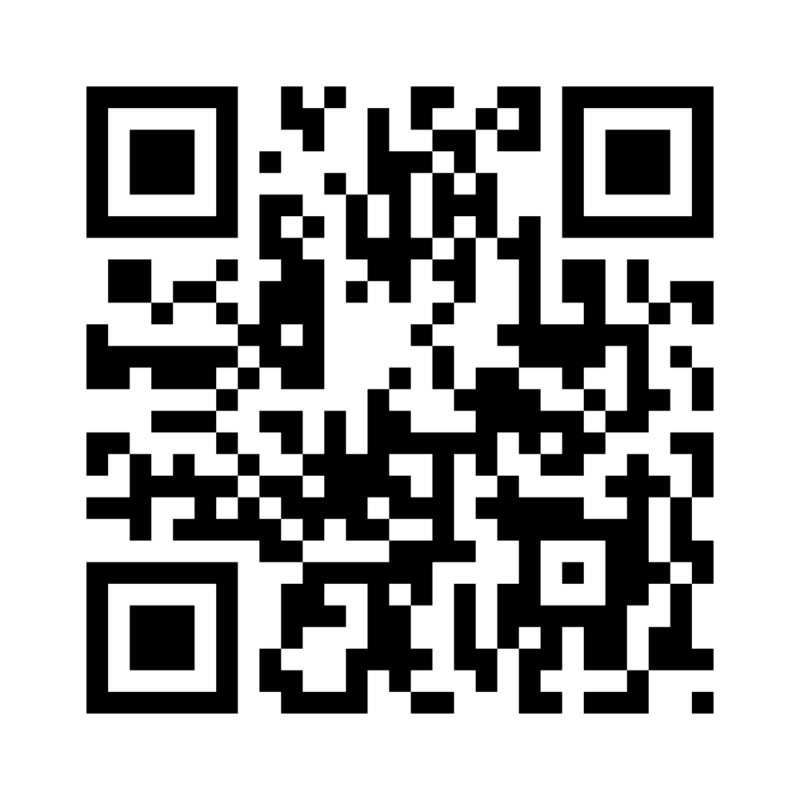
There you have it–an overview of new market research methods and techniques. This article will continue to evolve and update over time as new research methodologies and technologies emerge. I hope this was informative. If you have other examples of new market research, or if you have anything to add, please do so in the comments below.
10. AI Powered Research
Whether it’s AI to write surveys, interact as a chatbots, or analyze results, there is no doubt that AI will play a major role in market research from here until the end of time.



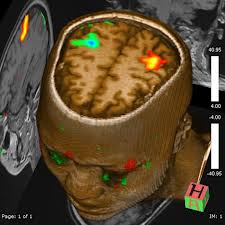
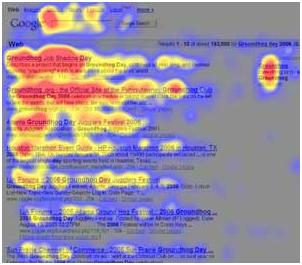

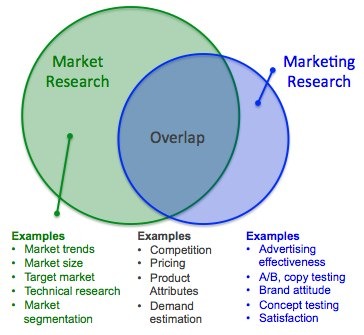
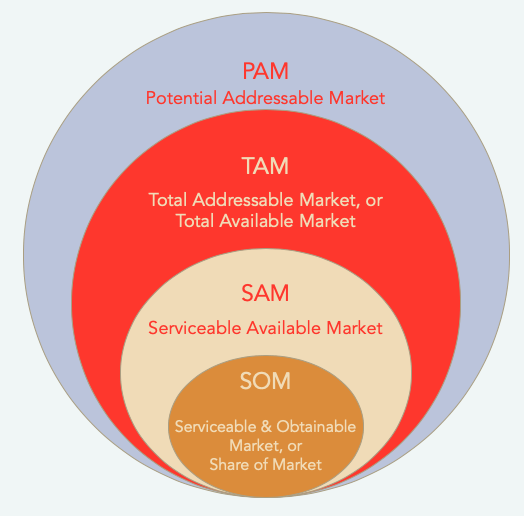
Recent comments
-

Ikbal Hossain
Thank you very much. some…
-

Ikbal
i love this information
-

Ikbal
thank you very much for…
Add a comment...